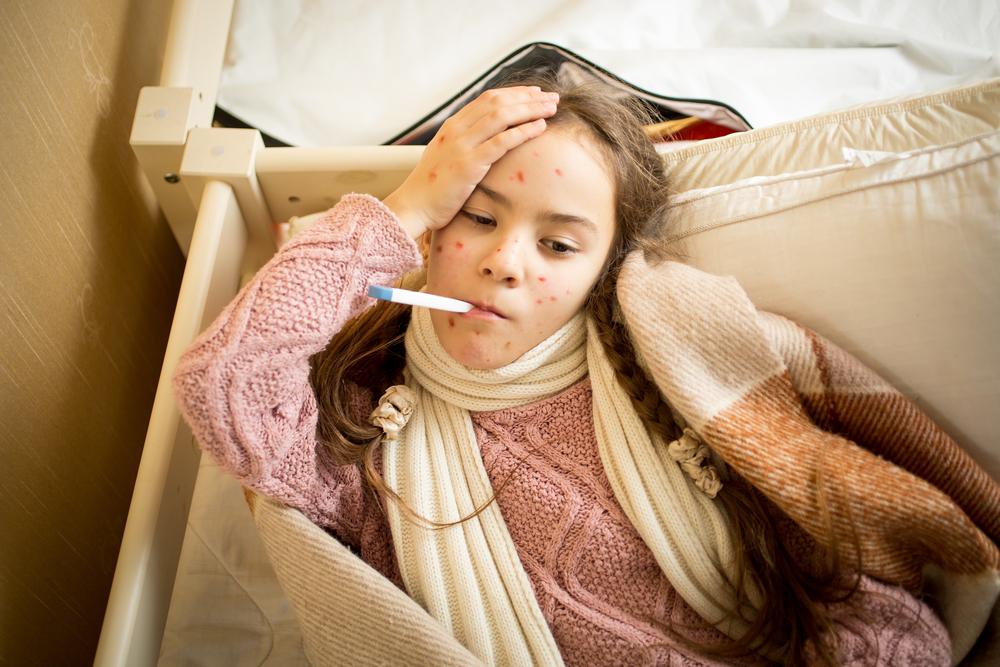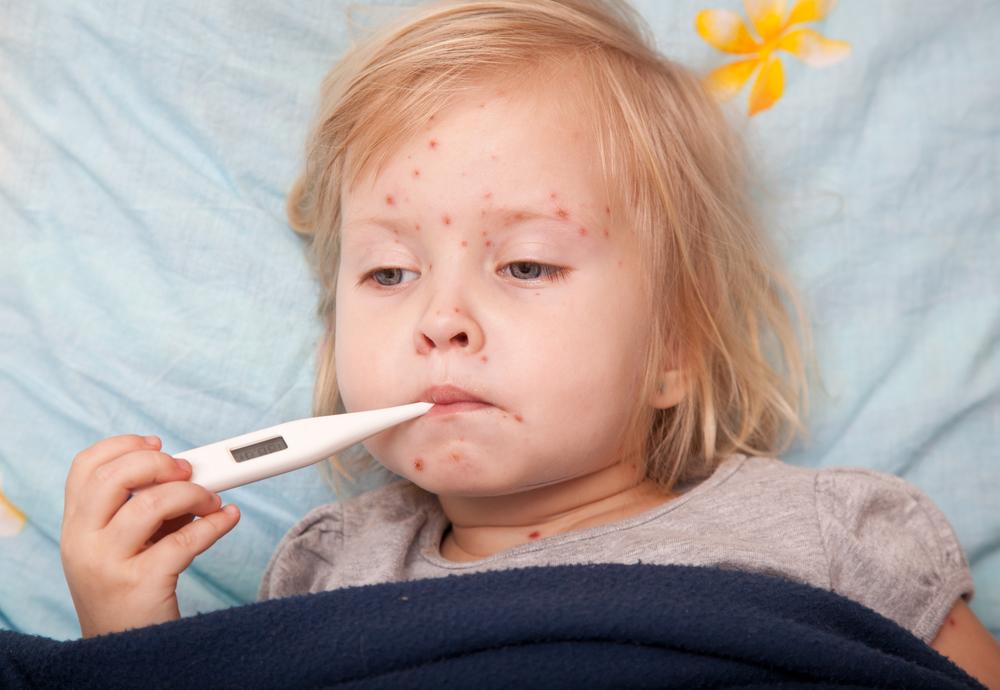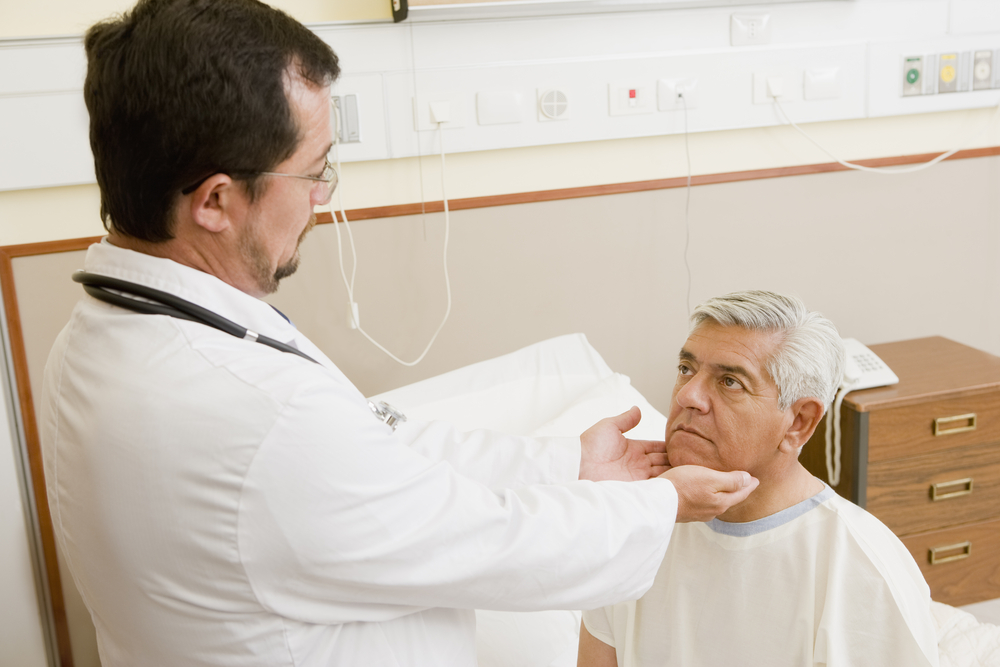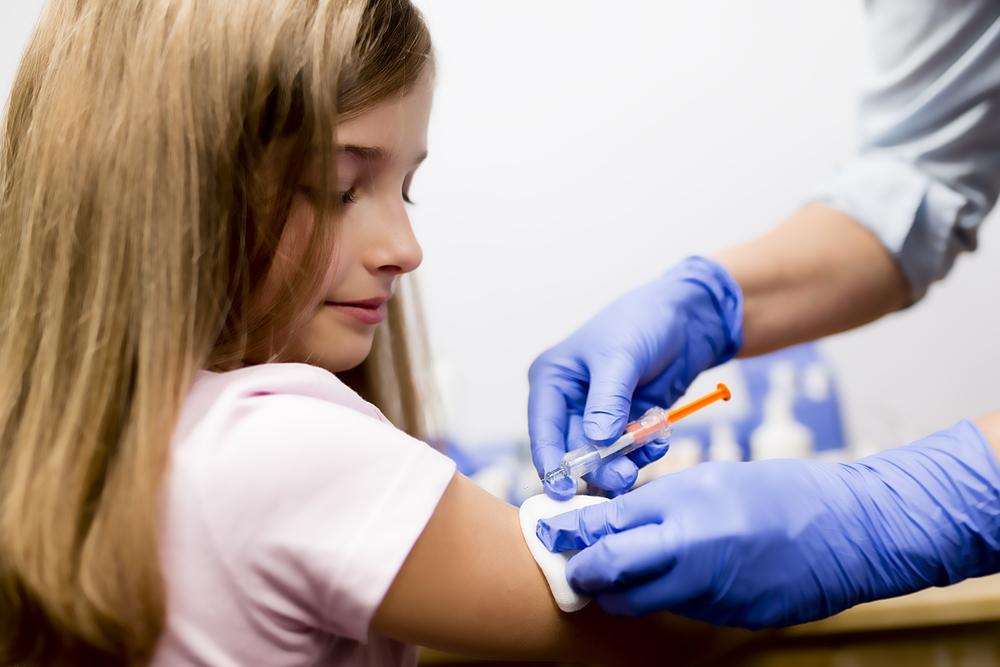Essential Signs and Symptoms of Measles: What to Look Out For
Discover the key signs and symptoms of measles in detail, including rash, fever, Kopik’s spots, and other early indicators. Learn how to identify this contagious disease early for timely treatment and prevention. Emphasizing the importance of vaccination, this comprehensive guide helps you understand the progression of measles from incubation to full manifestation, aiding in early diagnosis and disease control.
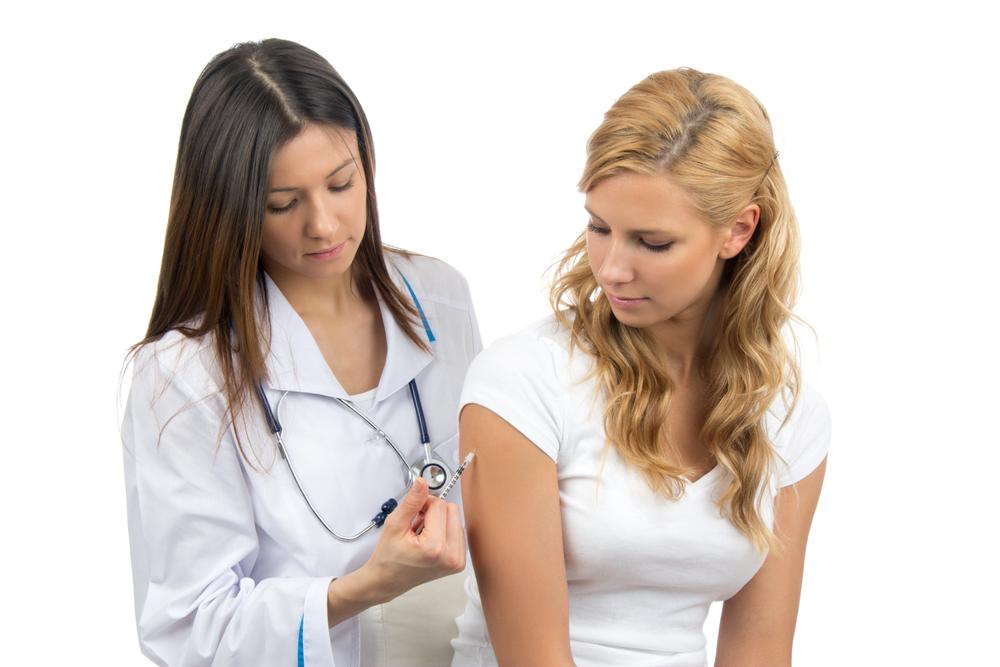
Measles is a highly contagious viral infection caused by the rubeola virus, which primarily affects children but can also pose health risks to adults. Due to its infectious nature, understanding the key signs and symptoms of measles is vital for early detection and prevention. This illness spreads rapidly through respiratory droplets from coughing and sneezing, making timely recognition critical for controlling outbreaks. While measles can lead to severe complications if untreated, vaccinations have significantly reduced its incidence worldwide, emphasizing the importance of immunization programs.
The causative agent, the rubeola virus, infects the human body by residing in the mucus of the nose and throat. The infection begins with a main proliferation site in the respiratory tract and lymphatic system, but the virus can disseminate to various organs, including the eyes, urinary tract, nervous system, and blood vessels. The most distinctive and recognizable symptom of measles is the appearance of a characteristic rash. Recognizing this rash, along with other associated symptoms, is instrumental in diagnosing measles early, facilitating prompt treatment and preventing further spread.
Understanding the progression of symptoms from initial infection to full-blown illness helps caregivers and health professionals identify the disease at its earliest stages. The typical course of measles spans approximately 7 to 14 days from exposure to symptom onset, with distinct phases marked by specific signs. Identifying these phases can be crucial in initiating timely medical intervention and implementing measures to prevent transmission.
Stages and Symptoms of Measles
Incubation Period: During this initial phase, which lasts from approximately 7 to 14 days post-exposure, the virus replicates silently. During this time, individuals do not exhibit any symptoms, but they are infectious. The virus propagates in the respiratory tissues, preparing to cause systemic illness. This period is particularly critical because infected persons often feel healthy and thus may unknowingly transmit the virus to others, especially in crowded environments like schools or workplaces.
Initial Symptoms After Incubation: Once the incubation stage ends, early symptoms begin to surface. These include a fever that can start mild but quickly escalate, a dry cough, conjunctivitis (commonly known as pink eye), sore throat, and nasal discharge. These signs generally last for about 2 to 3 days. During this phase, the body’s immune response starts to react to the viral invasion, which explains the onset of systemic symptoms.
Emergence of the Rash and Fever Spike: One of the most iconic signs of measles is the appearance of a distinctive rash. Typically, red or reddish-brown spots and bumps first appear behind the ears, on the face, and along the hairline. Over several days, this rash spreads downward to the neck, trunk, arms, legs, and feet. The rash is often accompanied by a high fever—sometimes reaching as high as 104–105.8°F—that persists until the rash begins to fade. The rash often follows a maculopapular pattern, meaning it consists of flat red patches and raised bumps, making it visually unmistakable when it appears.
Additional Signs and Symptoms: Beyond the rash and fever, several other symptoms and signs may manifest. Swelling of the eyelids and sensitivity to bright lights are common. Patients may experience sneezing, body aches, and diarrhea. A particularly diagnostic feature of measles is the presence of Kopik’s spots—small gray-white spots with a bluish center that appear inside the mouth, specifically on the inner cheeks, opening the path for more accurate diagnosis. These spots are a hallmark of measles and often appear before the rash, serving as a useful clinical indicator for healthcare providers.
Recognizing the constellation of these symptoms—especially the rash, Kopik’s spots, and high fever—plays a key role in early detection. Early diagnosis allows for better management of symptoms and prevents severe complications such as pneumonia, encephalitis, or other secondary bacterial infections. Importantly, vaccination with the MMR (measles, mumps, rubella) vaccine remains the most effective approach for preventing measles. It provides robust immunity and significantly reduces the risk of infection and outbreak propagation.
Overall, understanding the progression and signs of measles not only aids in early diagnosis but also underscores the vital importance of immunization programs globally. Maintaining high vaccination coverage helps achieve herd immunity, protecting vulnerable populations such as infants and immunocompromised individuals who cannot receive the vaccine. Maintaining awareness of measles symptoms and adhering to vaccination recommendations are essential steps toward eliminating this highly contagious disease.
